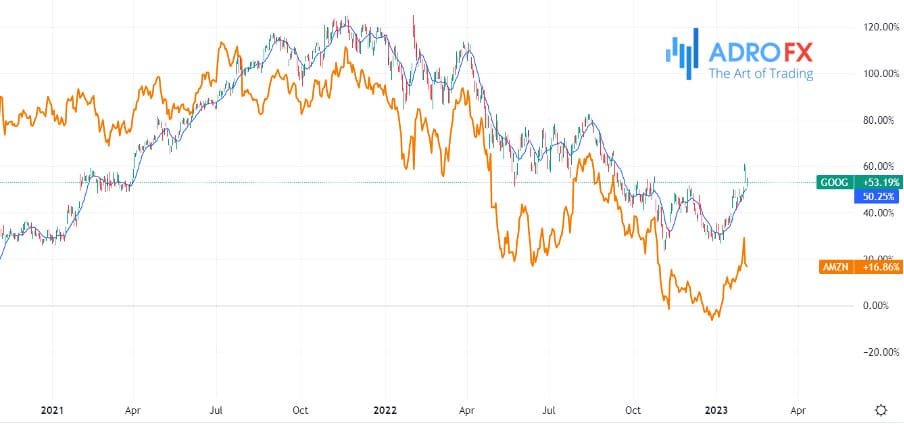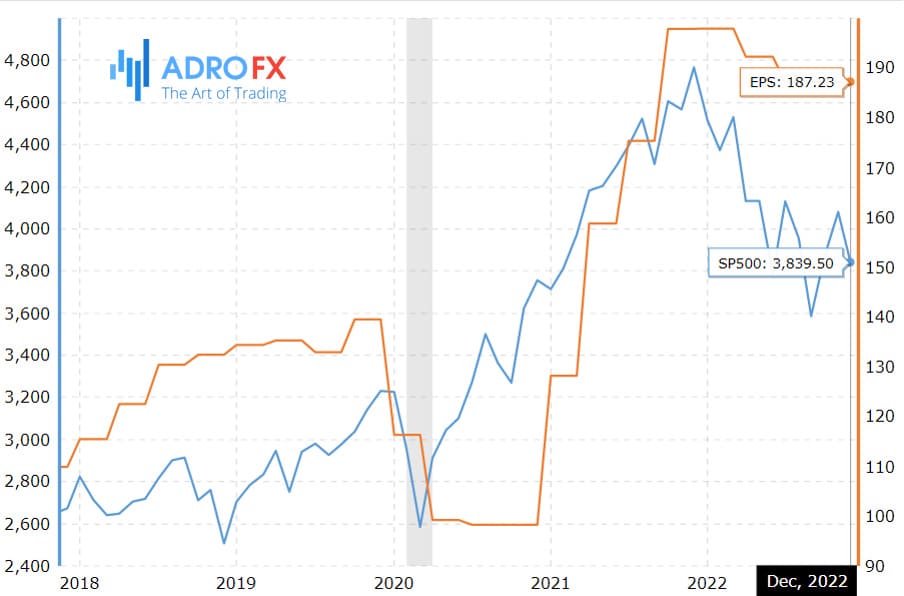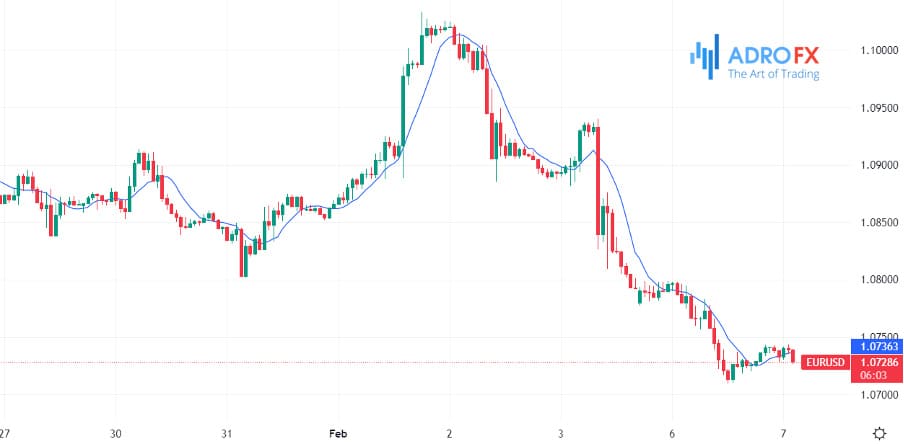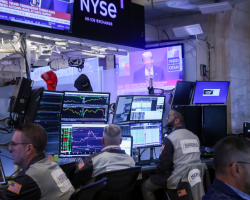Markets Are Still Moderately Negative | Daily Market Analysis

Key events:
- Australia – RBA Interest Rate Decision (Feb)
- Australia – RBA Rate Statement
- USA – EIA Short-Term Energy Outlook
- USA – Fed Chair Powell Speaks
Yesterday, February 6, a moderately negative sentiment prevailed on global stock markets as investors were concerned about the prospect of further monetary policy tightening by the leading central banks. Thus, the head of the ECB Christine Lagarde said last week that in March the markets should expect another raise of 50 bp. She also stressed that the European regulator is prepared to set rates at any level for achieving the goal of 2% inflation in time. Head of the Federal Reserve System Jerome Powell, while noting that he sees signs of lowering price pressures, said that it is appropriate to continue raising rates. At the same time, strong January data on employment in the United States, which showed a jump in the number of jobs by more than half a million, showed on Friday that the Federal Reserve has all the arguments to maintain a tight monetary policy for a long time. We should also note that some pressure on stocks at the end of last week was put by disappointing reports from U.S. tech giants Amazon and Alphabet.

It will be a week of public speeches, from U.S. President Joe Biden to monetary policymakers at the Federal Reserve, the European Central Bank, and the Bank of England.
In the U.S., corporate reporting season continues, with about half of the public companies in the S&P 500 reporting for Q4 2022 so far. The results are pretty average, and when you add up the parameters of the decline in consolidated earnings, it turns out that the data came out worse than in Q3 2020.

This week there won't be a lot of statistics. The U.S. will release trade balance parameters for December, where exports are likely to increase compared to imports. Of interest may be data on consumer sentiment from the University of Michigan - the indicator is usually a leading release.
It will be interesting to look at the flow of Chinese statistical data. In January the Celestial Empire's economy slowly began to open up to the world after suffering multiple and prolonged lockdowns. The decline in inflation would be a good signal, also for risk assets.
The EUR/USD has had time to rise and fall again, so the main scenario this week is consolidation around 1.0800. The Reserve Bank of Australia will meet and raise its rate by 25 basis points, to 3.35% per annum, as previously announced.

The AUD/USD is still under pressure but may recover moderately.
In the GBP/USD pair, investors are busy analyzing the three-year Brexit, which has not brought anything absolutely positive to the British economy. The asset will continue to fluctuate in the range of 1.20-1.22.

GBP/USD hourly chart









